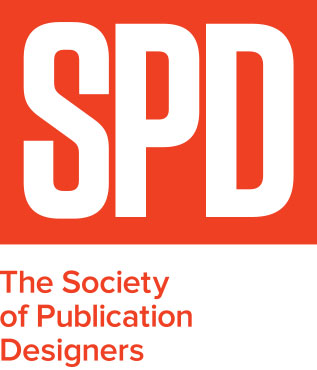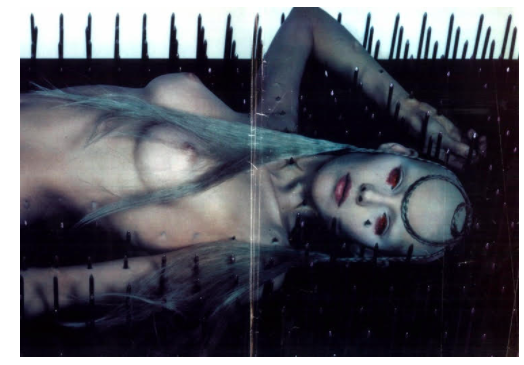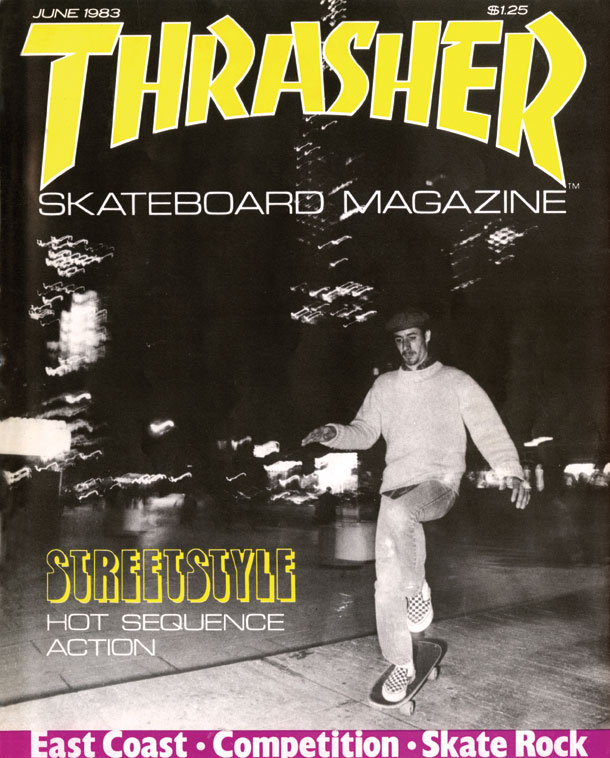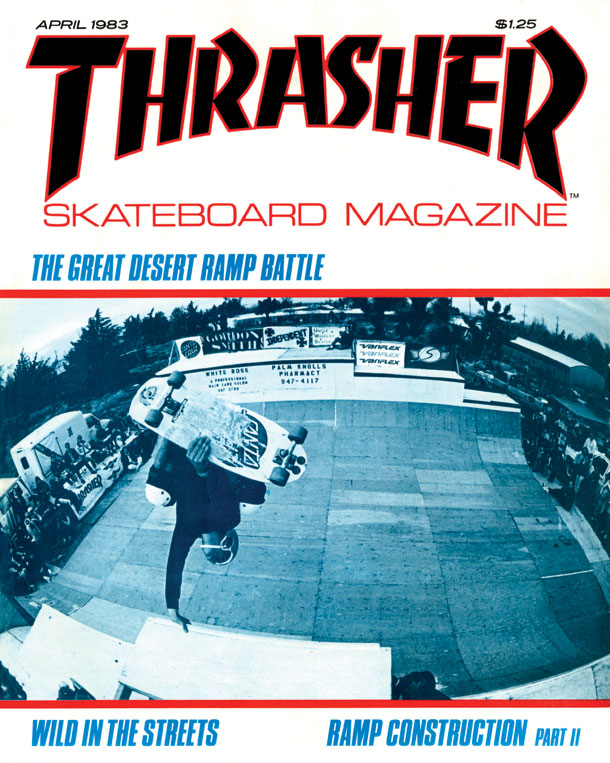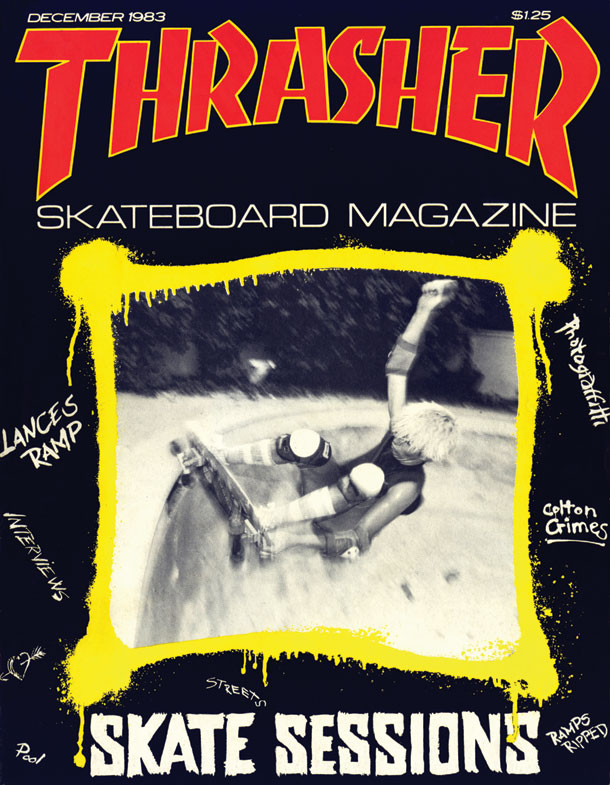Sam Cannon, Artist and Director
/Sam Cannon: As a kid, I would spend every summer with my grandma (Mema) in South Carolina. Mema was my favorite person in the entire world, and her hobbies included chain-smoking, vehemently denying her age, and watching Days of our Lives. By the time I was 8 I knew I wanted to be an artist, and Mema had offered a jump start by getting me addicted to coffee. I remember she had this huge stack of supermarket tabloids that I used to sift through when I was bored.
SPD: What year?
SC: 1999
SPD: What were you up to?
SC: Making unintelligible movies with my first compact VHS camera and getting on Mema’s “last nerve”.
SPD: What magazine?
SC: Weekly World News
SPD: What was it that so enthralled you?
SC: I was a very imaginative kid, and I had this fear that when you grow up your imagination dies. I remember wondering what my life would be like when I was no longer able to play or make-believe and it caused me a lot of anxiety. I was old enough to understand that the stories in Weekly World News were fictional, but it didn’t offer any kind of disclaimer which I loved. It was silly and fantastic but most importantly it was made by and purchased by adults. It made me less scared of growing up.
SPD: Do you know now who the creatives were?
SC: At the time the editor was Eddie Clontz, a 10th grade dropout from North Carolina. WWN was only created to make use of the black-and-white presses after its sister publication, The National Enquirer began being printed in color. It started out as another source of celebrity gossip but began running stories about alien abductions, merfolk, and Elvis still being alive. It was the OG of fake news.
SPD: How does that inform your creative now?
SC: It was the first time I realized images could be doctored, which had a big impact on the way I understood photography from a young age. I think a lot of people see a camera as a way to capture and reflect the world but for me it was just a way to gather the footage I needed to make something new.
